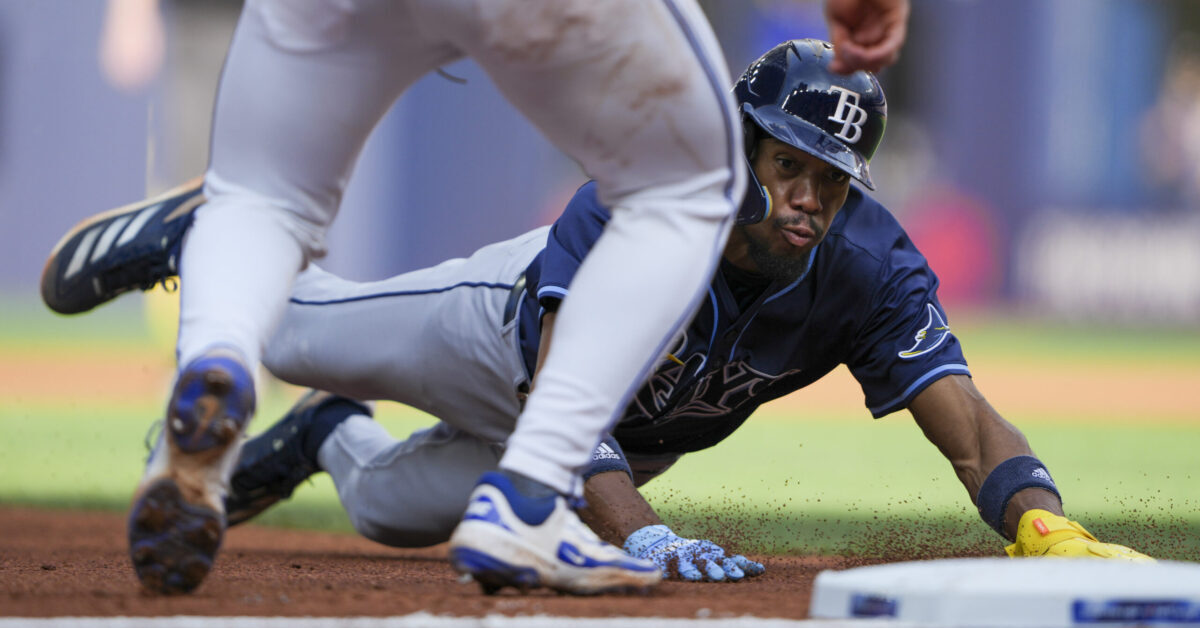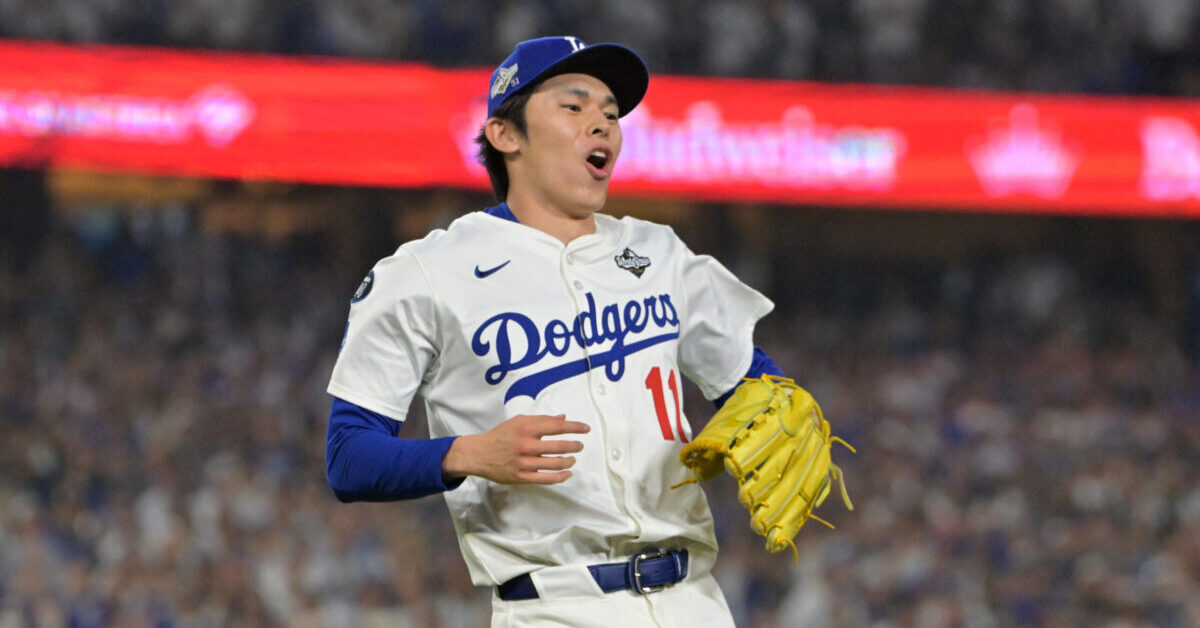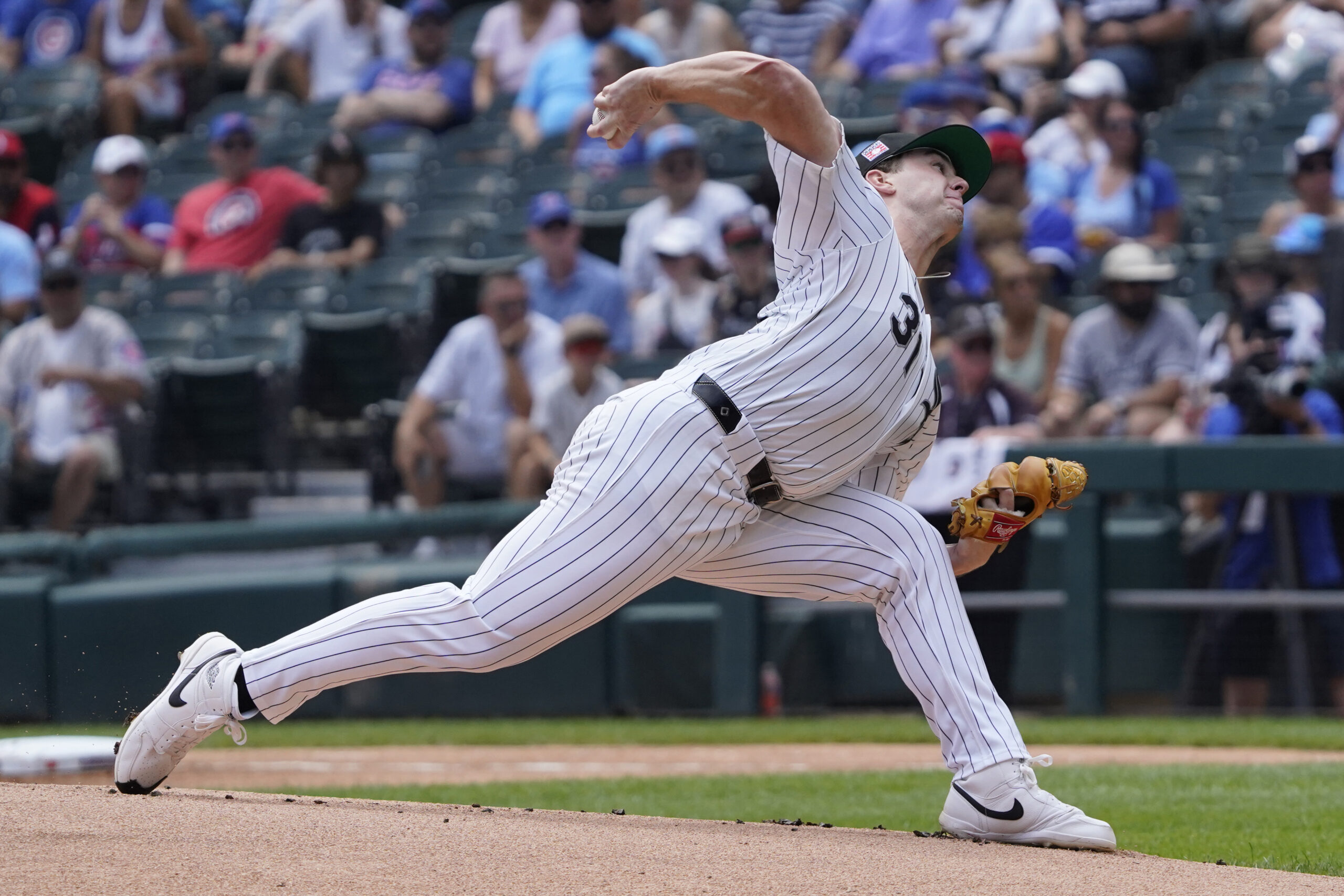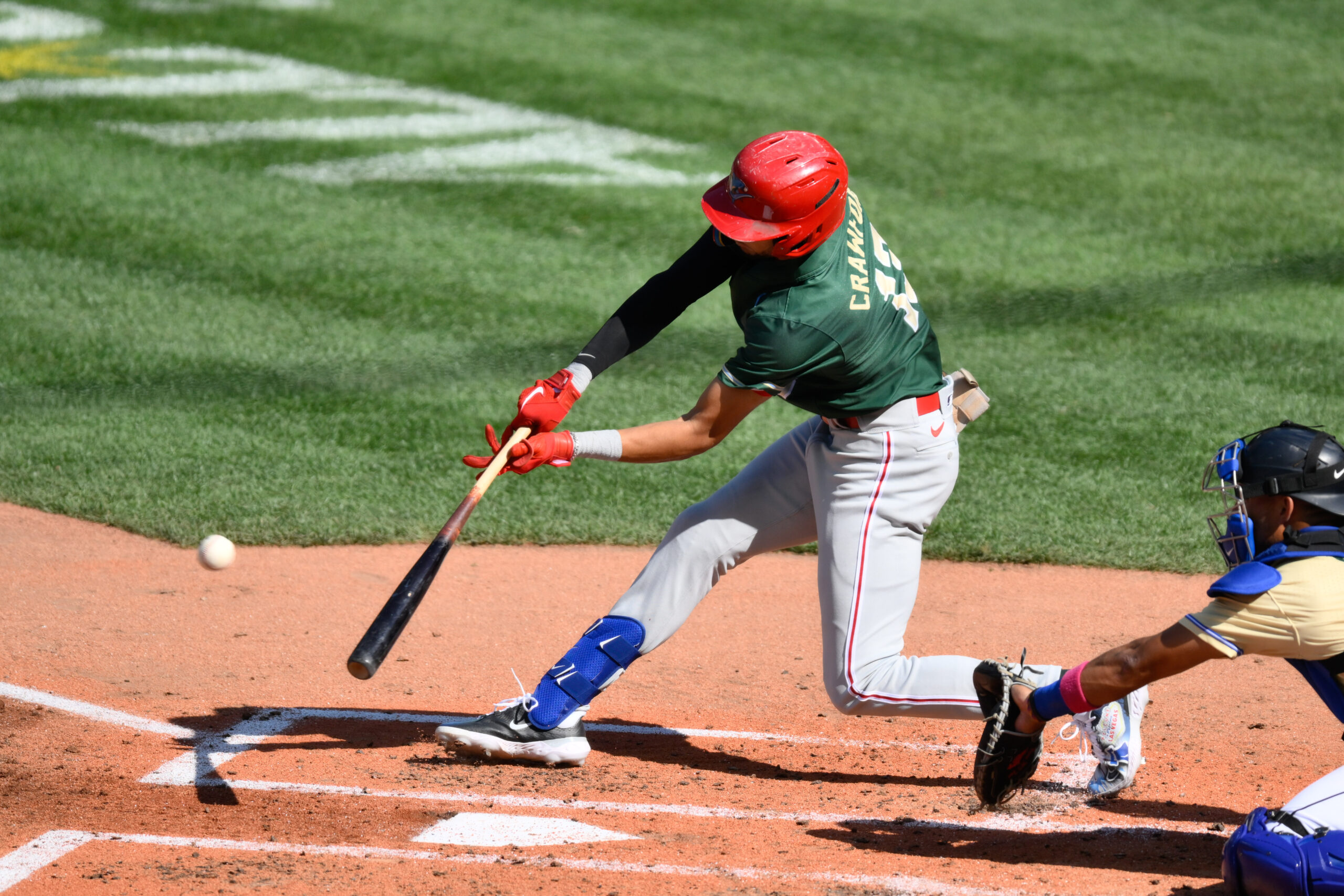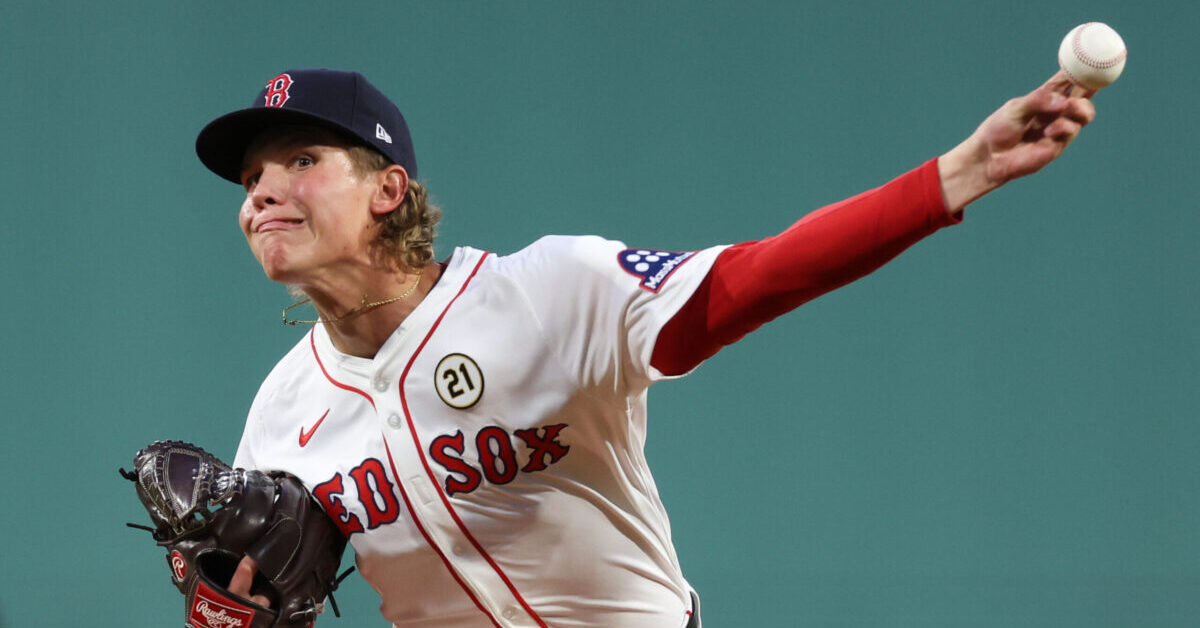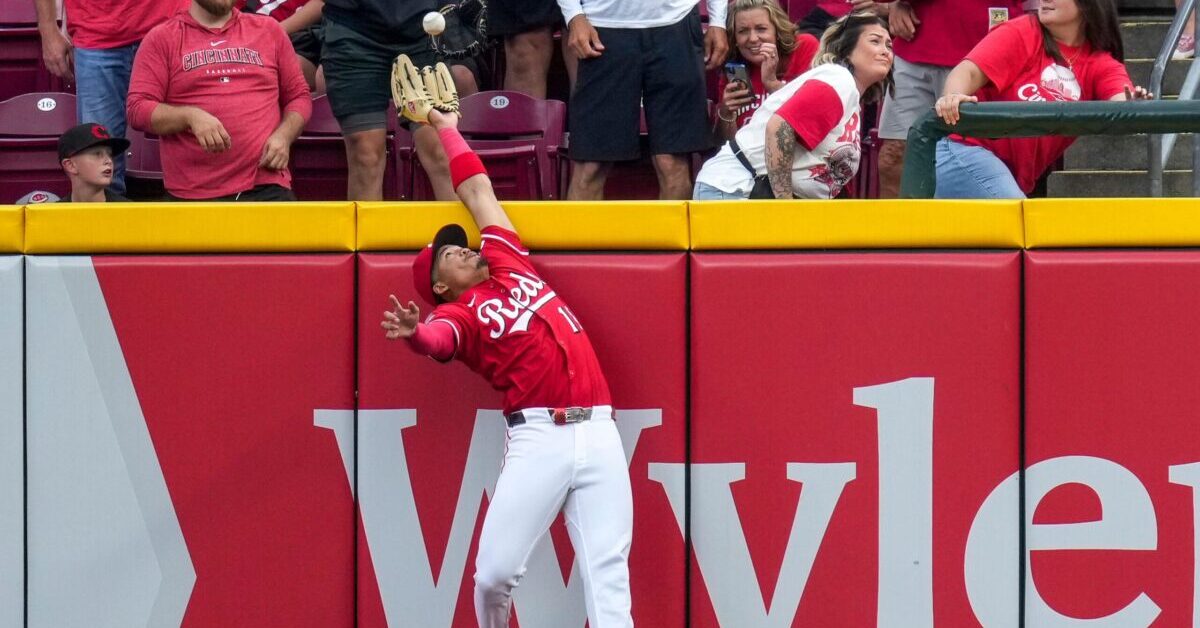Mining the News (12/11/25)
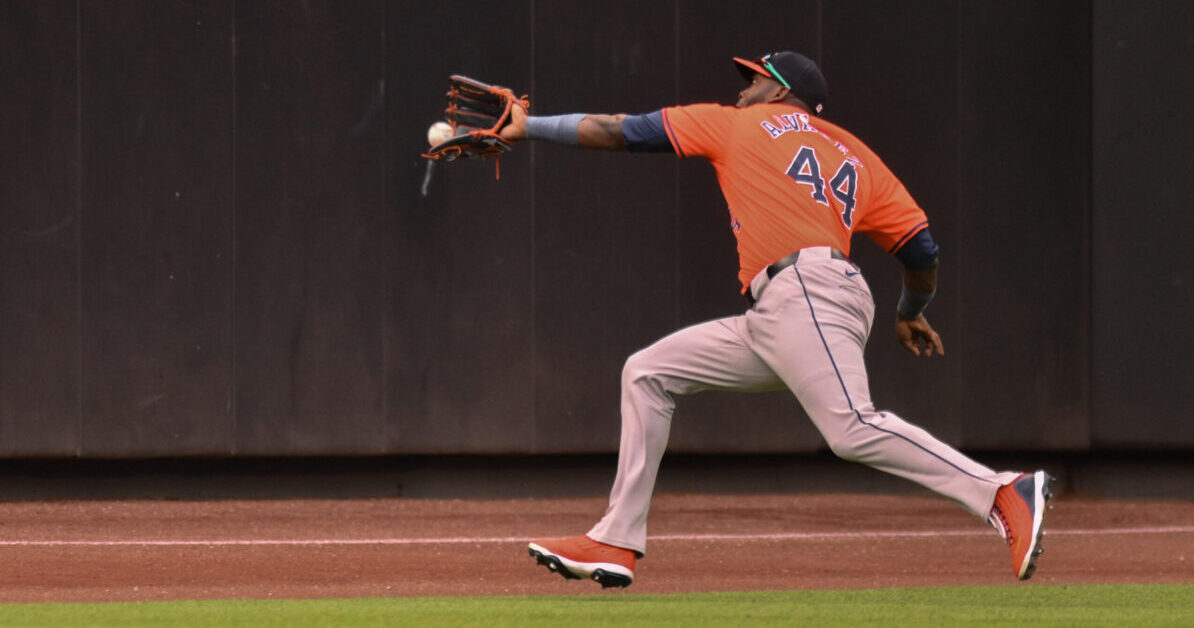
John Jones-USA TODAY Sports
American League
Angels
• The team is considering using Christian Moore, Kyren Paris, or Denzer Guzman at third base.
But with Rendon not expected to play due to injury again in 2026, the Angels are in the market for a third baseman. Minasian also said they could be open to moving youngster Christian Moore to third base from second if they find a better fit for a second baseman. Kyren Paris and Denzer Guzman (Angels’ No. 8 prospect, per MLB Pipeline) also have been getting in work at third this offseason.
Astros
• The team is backing off from previous comments about Yordan Alvarez playing more outfield. The manager now wants him to DH as much as possible.
The Astros’ latest solution, according to Espada, is for Alvarez to “spend most of his season” at designated hitter. The manager did not divulge a specific division of playing time, but it stands to reason that Alvarez won’t match the 57 games he started in left field in 2022 or the 53 games he played there in 2024.
…
Last month, general manager Dana Brown attempted to squash any idea of trading Walker or Paredes, saying that both would “hit somewhere between one and six” in Houston’s lineup. Brown added that Alvarez could “get a lot more games in left field” to free the DH spot for either of the two infielders to occupy.Monday’s about-face makes this setup impossible. Declarations made in December aren’t final, but if Alvarez is indeed the Astros’ full-time designated hitter, the flexibility to juggle Paredes and Walker will decrease. It also means Jose Altuve will be asked to play defense full-time during his age-36 season, making it even more difficult to find regular at-bats for both Paredes and Walker.
Blue Jays
• Shane Bieber dealt with forearm fatigue to end the season, and he might not be ready for Opening Day.
Bieber dealt with forearm fatigue at the end of the season, a person briefed on the matter said, but has since begun offseason recovery and rehab work. It’s not entirely clear if the forearm ailment entirely caused Bieber to pick up his player option and avoid the unknowns of free agency, but it likely factored into his decision.
When asked about Bieber’s status at the Winter Meetings, Blue Jays general manager Ross Atkins said “he’s in a strong position,” though he noted the Jays are taking things week to week with Bieber and could stagger his workload in early spring. Atkins said Bieber being ready for Opening Day is “a very realistic outcome,” but reiterated the team is taking things week to week.
Though Atkins didn’t explicitly state Bieber’s injury in Orlando, his answers didn’t indicate the righty was entirely healthy after a return from surgery and long postseason push.
• Anthony Santander is back to normal.
Anthony Santander is “finally feeling normal,” Schneider said, after back and shoulder injuries sidetracked his first season with the Blue Jays.
Guardians
• Brayan Rocchio will play shortstop while Gabriel Arias will maintain more of a utility role.
One potential nugget of interest on the position player side: Vogt mentioned Brayan Rocchio will patrol shortstop with regularity this spring, while Gabriel Arias will bounce around defensively, “just to be ready for it.” What is “it,” you ask? Well, it’s the eventual presence of Brito and, especially, Bazzana, or even an external addition, a placeholder at the position until the 2024 No. 1 draft pick is ready for the big leagues.
• Since the end of the season, Kyle Manzardo added 14 pounds of muscle.
Kyle Manzardo has gained 14 pounds of muscle since the end of the season. The Guardians want him to hold up better physically and be a candidate for more reps at first base.
Rangers
• The team might move Wyatt Langford to center field in the hope that Evan Carter will stay healthier playing in a corner spot.
Carter has struggled with back issues throughout his professional career, and he missed the last month of the 2025 season with a broken right wrist. Langford, on the other hand, has experienced a number of soft tissue injuries over his two years in the big leagues, including three oblique strains this past season.
“Trying to get these guys healthy, on the field and productive for 150-plus is the most ideal situation for us,” Schumaker added. “Trying to figure out how we can do that with Carter is a big thing for us. I don’t know if everyone has the answers right now to keep him healthy the entire year, but I know he’s absolutely trying to do everything he can this offseason to prove that he [can get] back to where he was in 2023.”
Rays
• MLB.com reporter said that Cedric Mullins will be the team’s primary center fielder.
Mullins will be their primary center fielder.
Tigers
• Max Anderson lines up to be part of a third base platoon.
Anderson could get a chance to compete for a platoon role at third base, complementing Colt Keith or Zach McKinstry.
Yankees
• Cam Schlittler is working on adding a splitter or changeup.
The right-hander isn’t satisfied. After showcasing triple-digit heat and emerging as a second-half force in the Bronx, Schlittler is working to add a sixth pitch to his repertoire this winter — either a changeup or a splitter, as he said during an appearance Wednesday on the YES Network.
“I’m probably more leaning toward a changeup, which might be easier for me,” Schlittler said on Yankees Hot Stove. “I think that’s an important pitch to include, just because I didn’t have that option down to lefties, or even to righties as well.”
National League
Braves
• Reynaldo López will be stretched out as a starter in Spring Training.
Is Weiss tempted to move Reynaldo López back to a relief role?
“Not so much tempted, but it’s a nice fallback plan,” Weiss said. “I get these same questions about Grant Holmes. These guys will be built up as starters in Spring Training. But it’s really nice to know that whatever – because of acquisitions, because of health or somebody all of a sudden steps up and opens your eyes – it’s nice to know those guys can [be relievers]. They’ve done it before, and they’ve been really good at it. But sitting here today, we’re looking at them as starters.”
…
Chris Sale, Spencer Strider and Spencer Schwellenbach are targeted to fill the rotation’s first three spots. López is currently slotted into the fourth spot. Holmes, Bryce Elder, Joey Wentz and Hurston Waldrep are fifth starter candidates. Holmes, Elder and Wentz are out of options. So if there’s a need to preserve depth, Waldrep could begin the season with Triple-A Gwinnett.
• Ronald Acuña Jr. could go back to leading off, according to the guy who writes the lineup cards.
Now that Ronald Acuña Jr. is further distanced from his latest knee surgery, Braves manager Walt Weiss is open to the possibility of moving the 2023 National League Most Valuable Player back to the leadoff spot.
“It’s enticing to have him at the top of the order,” Weiss said. “I really like when a lineup turns over and there’s teeth right away. If you’re a pitcher, you’ve got to run through a gauntlet as soon as the lineup turns over.”
…
But the six stolen bases he has recorded through his first eight games in the Venezuelan Winter League are an indication he’s feeling more confident about his two surgically repaired knees.
• Joe Jiménez might not be healthy by Opening Day.
With Anthopoulos saying Joe Jiménez’s left knee issue prevents the team from relying on him to be a setup man next year, adding a high-leverage reliever now seems to possibly be an even greater necessity.
Cubs
• The organization sees Ben Brown as a starter.
Brown had 121 strikeouts overall last season, including 40 against nine walks in 30 2/3 innings as a reliever.
“For me, I 100% see him as a starter,” Hottovy said. “He’s got the upside to be a really good power pitcher in the back end of the bullpen, but you don’t want to just crown that. You want that to kind of happen. Sometimes it happens, because it’s what the team needs. Sometimes it happens because the player shows you that’s his best role.”
Giants
• Casey Schmitt might not be healed for the season’s start after having wrist surgery.
The Giants announced that infielder Casey Schmitt underwent surgery on Tuesday to remove the carpal boss in his left wrist. The procedure was performed by Dr. Steven Shin in Los Angeles and will require an eight-to-10-week recovery process.
…
The 26-year-old landed on the 10-day injured list with left wrist inflammation after he was drilled by a 95 mph sinker from the Marlins’ Calvin Faucher on June 25, which made it difficult for him to swing without pain.Schmitt batted .276 with a .799 OPS and four homers over his first 34 games of the year, but his production dipped after he returned from the IL on July 7. He hit .220 with a .663 OPS and eight homers over his final 61 games, though he still ended the season as the Giants’ primary second baseman after Tyler Fitzgerald lost his grip on the starting spot at the position.
Padres
• The GM guy sees Miguel Mendez as a rookie who will contribute to the major league team.
Meanwhile, 23-year-old righty Miguel Mendez was recently added to the team’s 40-man roster to be protected from the Rule 5 Draft. At the GM Meetings, Preller named him as a prospect who could make an impact with the big league club this season. That won’t stop the Padres from adding multiple starting pitchers. But after the season Mendez had in 2025 — a 3.22 ERA with 118 strikeouts over 95 innings — he’s a name to watch.
Phillies
• Gabriel Rincones Jr. could contribute this year, but only as a platoon bat.
Dombrowski has mentioned outfielder Gabriel Rincones Jr. as a potential 2026 contributor. But he’s a strict platoon player, struggling mightily in the Minor Leagues against left-handed pitching.
Reds
• The manager plans on giving Elly De La Cruz more off days.
Manager Terry Francona wants to give De La Cruz more days off next season after the All-Star shortstop played all 162 regular-season games.
“I need to find ways to get him off his feet from time to time, and I didn’t do a very good job of that, and I own up to that,” Francona said.
